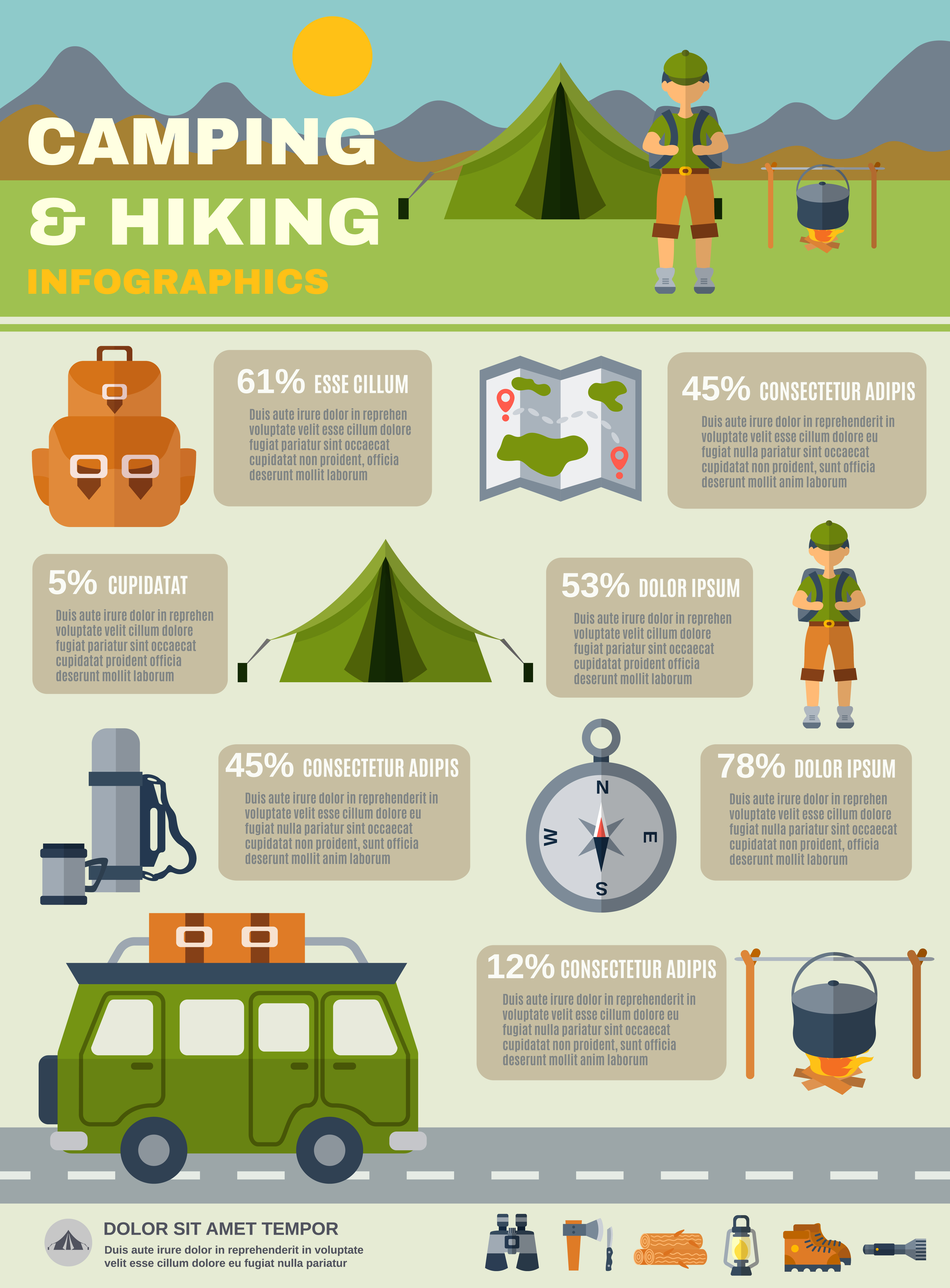As camping progressed to show a broader cultural shift toward mindfulness and sustainability, camping tent layout did the same. Whether it's through intuitive setup remedies or the application of Fitts' Law, modern camping tent layout remains to introduce and expand camper's choices for outside expedition.
The wedge camping tent, additionally known as a wall tent, can be built by putting up the ridgepole atop upright poles and freely staking down each side. This permits even more living and walking around area than an A-frame camping tent.
The A-Frame
One of the most renowned tent designs is a traditional A-frame. This structure takes its name from its roofline, which resembles the capital letter A. This shape produces a vaulted ceiling that offers an open, sizable feeling inside the home. The sloping walls likewise make second-level loft space rooms suitable for sleeping.
In the past, a good scout might set up a canvas A-frame outdoor tents in two mins or less. A modern-day A-frame cabin can use the exact same ease of installation, however with much better climate security and even more useful area.
A-frames are an excellent example of functional design, which emphasizes decreasing the complexity of a product to ensure that it can be extra conveniently understood and used. Today, UI/UX developers utilize this concept to craft intuitive user interfaces that allow users to accomplish their goals with optimal efficiency. This method mirrors the A-frame's beginnings as a remedy to human needs. The simplicity of A-frames likewise mirrors a desire for outdoor experiences that balance technological improvement with a deeper connection to nature.
The Wedge
Whether you are new to wall outdoors tents or are a seasoned camper, choosing the right frame for your canvas shelter can seem like an overwhelming experience in the beginning. With so many options for textile, structures and degrees of defense from the components to take into consideration, you can quickly get lost in a sea of lingo.
The good news is, browsing the world of wall surface outdoors tents does not have to be so challenging. We've created our very own system to help you simplify your choices. With our straightforward Wedge design, glamping we've removed the requirement for confusing textile and frame options so you can spend even more time enjoying your journey and less time worrying about your sanctuary.
The Baker
The baker camping tent is a modified lean-to style tent. It is a really adaptable and helpful shelter that can be zipped tight against the aspects or opened up to let in the heat of a reflector campfire. The baker was the tent of option of many logging camps and wild canoe adventurers in the 1800's. The baker tent additionally acquired notoriety in the very early 1900's when country wide understood outdoor author Horace Kephart utilized a baker tent at his renowned base camp on Dicks Creek in North Carolina.
Selecting the right inner framework, tube size and manufacture is an essential factor in establishing the toughness of your wall tent and exactly how it will handle changing weather conditions. On top of that, a substantial part of your wall tent's long life and performance is figured out by the treatment that it has gone through. Bravo's welded steel internal frames are constructed utilizing remarkable 1 3/8 inch galvanized tubing and sturdy welded angle packages that are braced for extra stamina.
The Whelen
In a time of boosting automation and urbanization, camping was a stepping back to basic nature appreciation. It offered an opportunity to appreciate imperfections in products and crookedness of the landscape, to accept the transience of daily rhythms of climbing, moving, resting, and resting, and to connect with the natural world at a greatly human level.
Early tent designs were crafted with an eye to economic climate of area and weight, yet we have actually seen an abandonment of these traditional principles toward larger, gangly designs that take longer to establish, require even more mindful preparation of the footprint, and offer less in regards to weather condition security. In this way, the modern-day tent shows a societal change far from technological innovation and towards mindfulness, sustainability, and admiration for a more environment. Much like outdoors tents, UI/UX design is likewise fixated meeting human requirements. Fitts' Regulation, for instance, teaches us to focus on the dimension and proximity of interactive aspects in order to promote quicker and much more reliable user interactions.
